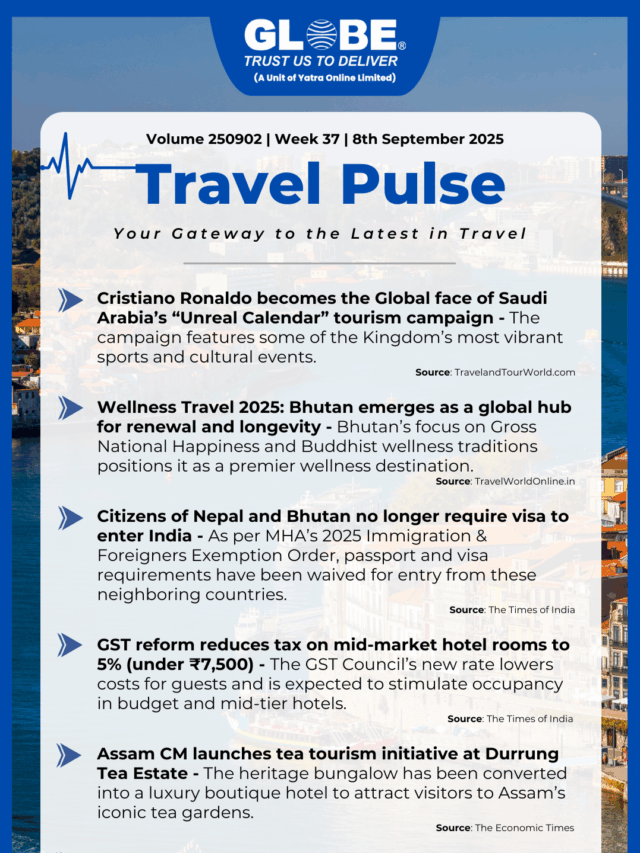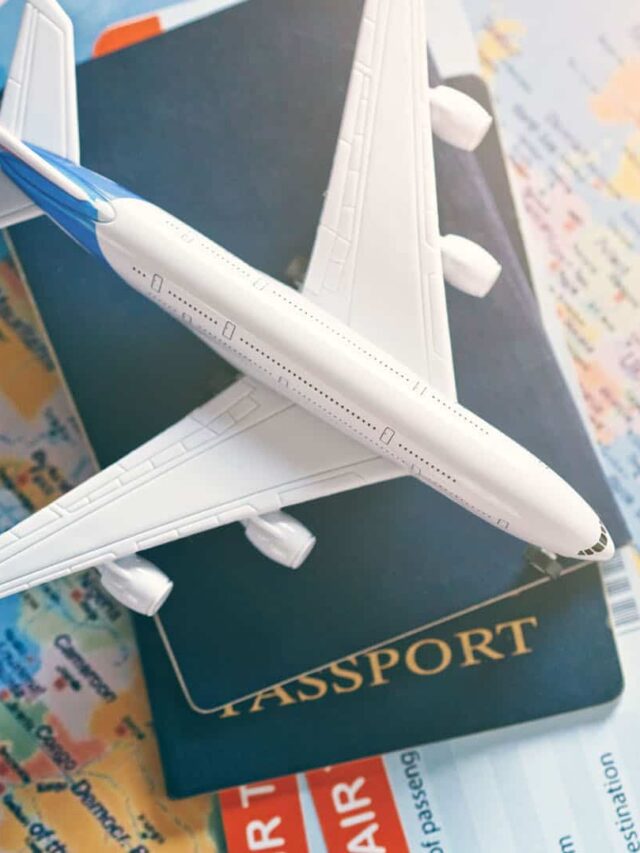Introduction
Uzbekistan is a land where time seems to run in two directions at once. On one hand, it’s home to ancient Silk Road cities like Samarkand, Bukhara, and Khiva, where turquoise domes and centuries-old bazaars continue to thrive. On the other, its capital Tashkent is a bustling metropolis filled with modern architecture, high-speed internet cafés, trendy restaurants, and an energetic youth culture.
This duality—traditional vs. modern—is not a conflict but a coexistence that defines Uzbekistan’s identity today. In this blog, we’ll explore how Uzbek people, culture, and society blend ancient traditions with innovation in everyday life.
Architectural Landscape: From Domes to Skyscrapers
a) Traditional
Uzbekistan’s architecture is world-renowned for its Silk Road masterpieces.
Registan in Samarkand, Kalyan Minaret in Bukhara, and Ichan Kala in Khiva showcase Islamic artistry at its peak.
Intricate mosaics, madrasas, and mosques still stand as centers of cultural pride.
b) Modern
Tashkent features glass skyscrapers, shopping malls, and the Amir Timur Square surrounded by sleek government buildings.
Amirsoy Ski Resort and modern metro stations highlight futuristic design.
Urban planning projects aim to turn Tashkent into a Central Asian tech hub.
Coexistence: Tourists can admire Timurid-era domes by day and enjoy modern nightlife in Tashkent by night.
Family and Social Traditions
a) Traditional
Family plays a central role in Uzbek life.
Respect for elders is deeply ingrained, and traditions like mahalla (neighborhood communities) continue to guide social life.
Weddings are grand affairs with dance, music, and feasting, often involving hundreds of guests.
b) Modern
Young Uzbeks in cities balance family obligations with personal ambitions.
Smaller weddings are becoming common in urban areas due to cost.
Youth culture embraces social media, global fashion, and pop music.
Coexistence: A bride might wear a traditional atlas or adras dress for the ceremony, then switch to a modern gown for the afterparty.
Food Culture: Between Plov and Fast Food
a) Traditional
Plov (pilaf) remains the heart of Uzbek cuisine—so important it’s recognized by UNESCO.
Street markets still serve samsa (meat pies), lagman (noodle soup), and fresh breads from tandoor ovens.
Meals are often shared, reinforcing community ties.
b) Modern
Cafés and fast-food chains are growing rapidly in Tashkent and Samarkand.
Fusion cuisine is emerging—traditional dishes with global twists.
Young professionals gather in trendy coffee shops rather than teahouses.
Coexistence: You can savor plov at a family gathering and later grab a latte at a chic café—both are authentic Uzbek experiences.
Religion and Spiritual Life
a) Traditional
Islam, particularly Sunni traditions, plays a significant role in culture.
Mosques and religious schools (madrasas) remain integral to community life.
Religious holidays like Ramadan and Eid are widely celebrated.
b) Modern
Uzbekistan maintains a secular government, with religion largely kept out of politics.
Younger generations often view faith as personal rather than strictly traditional.
Some prefer modern spirituality practices like yoga or mindfulness.
Coexistence: An Uzbek youth may fast during Ramadan but also spend evenings in a modern music club in Tashkent.
Music, Arts, and Festivals
a) Traditional
Folk instruments like the dutar and doira accompany traditional songs.
Shashmaqam music and epic storytelling have survived for centuries.
Cultural festivals like Navruz (Persian New Year) remain central to heritage.
b) Modern
Pop, rap, and electronic music dominate urban youth culture.
Street art and film festivals are rising in popularity.
Fashion shows in Tashkent spotlight Uzbek designers merging East and West styles.
Coexistence: A single festival might feature folk dancers in embroidered costumes followed by a DJ set for the younger crowd.
Economy and Work Culture
a) Traditional
For centuries, Uzbekistan thrived on Silk Road trade, particularly textiles, ceramics, and handicrafts.
In rural areas, agriculture (cotton, fruits, vegetables) still dominates.
b) Modern
Urban centers like Tashkent and Samarkand are seeing tech startups and IT outsourcing firms.
Government reforms attract international investment.
Younger generations pursue careers in tech, finance, and creative industries.
Coexistence: A family may run a traditional carpet-weaving business, while their children build careers in software development.
Education and Language
a) Traditional
For centuries, madrasas were the centers of learning.
Uzbek proverbs, poetry, and oral storytelling were essential cultural education.
The Uzbek language, written in Latin script today, preserves folk identity.
b) Modern
Universities in Tashkent offer international programs in English and Russian.
Young people increasingly learn English, IT skills, and global economics.
Online education platforms are becoming popular.
Coexistence: A student might study engineering in Tashkent University while still reciting Alisher Navoi’s poetry at cultural events.
Fashion and Daily Life
a) Traditional
Chapan (robe), atlas silk dresses, and embroidered skullcaps are part of national dress.
Weddings often showcase elaborate traditional attire.
b) Modern
Urban youth wear Western-style clothing—jeans, sneakers, and branded outfits.
Fashion designers blend ikat patterns with contemporary cuts.
Instagram influencers drive modern fashion trends in Tashkent.
Coexistence: A woman may wear a traditional atlas dress to Navruz celebrations but prefer modern office wear for work.
Tourism: Heritage Meets Modern Hospitality
a) Traditional
Tourists are drawn to UNESCO cities with caravanserais, mausoleums, and bazaars.
Handicrafts like ceramics, suzanis (embroidered textiles), and carpets remain top souvenirs.
b) Modern
New high-speed trains connect Tashkent, Samarkand, and Bukhara.
Luxury hotels and boutique cafés cater to international travelers.
Adventure tourism (skiing, hiking, desert camping) adds a modern touch.
Coexistence: Visitors can explore the Registan by day and relax in a modern spa resort by evening.
The Future of Uzbekistan’s Identity
Uzbekistan’s journey is not about replacing the old with the new, but about integrating tradition with innovation. The younger generation respects cultural values while embracing technology, global connections, and new lifestyles.
In the coming years, Uzbekistan aims to become a regional hub of culture, technology, and tourism, showing the world how a country can honor its Silk Road heritage while stepping confidently into the 21st century.
Conclusion
Uzbekistan’s charm lies in its contrasts and coexistence. Where else can you sip tea in a centuries-old caravanserai and later enjoy cappuccino in a modern café? Or admire intricate mosaics of ancient mosques in the morning and attend a tech startup pitch in the evening?
This balance between traditional values and modern ambitions is what makes Uzbekistan a fascinating destination—and a nation redefining its future without losing its past.





